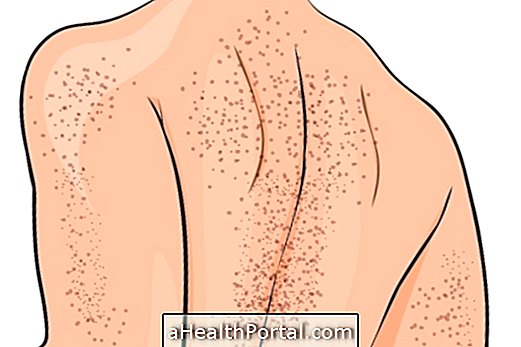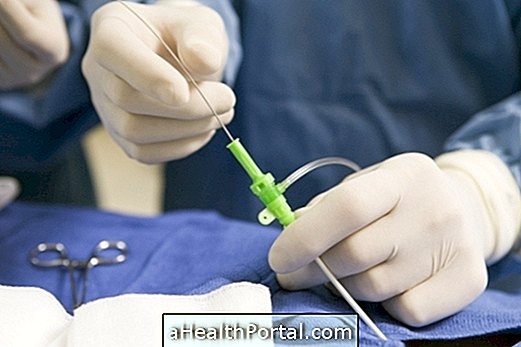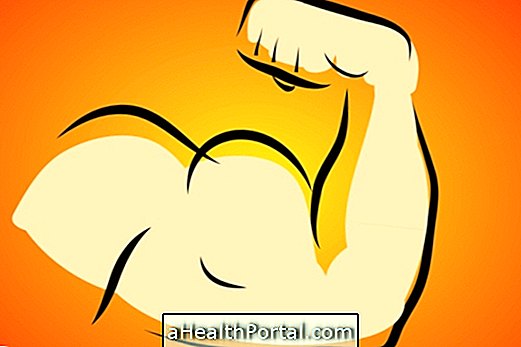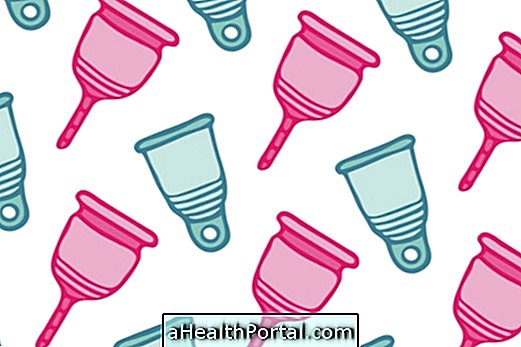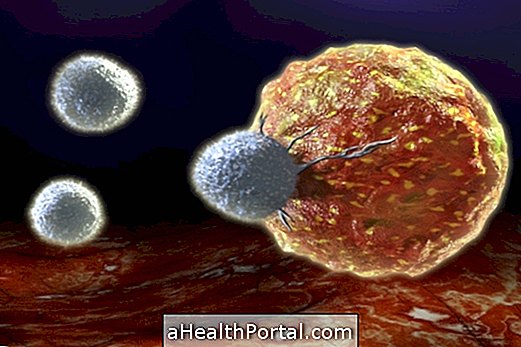Hypothermia is characterized by a body temperature below 35 ° C, which occurs when the body loses more heat than it can generate and is usually caused by prolonged stay in very cold environments.
The decrease in temperature occurs in three stages:
- First stage, where the temperature drops between 1 and 2ºC, causing chills and slight numbness in the hands or feet;
- Second stage, where the temperature falls between 2 and 4ºC, which causes the ends to start to turn blue;
- Third stage, where the temperature drops even more, which can lead to loss of senses and respiratory difficulties.
As soon as the first symptoms of hypothermia appear, it is important to keep warm and stay warm.
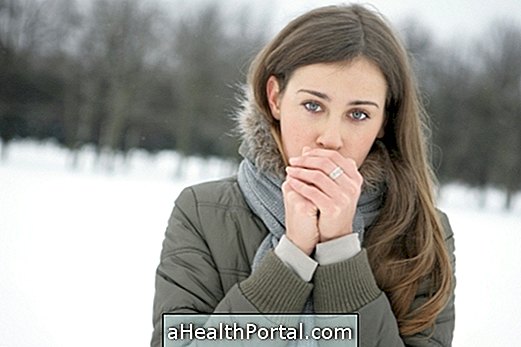
Symptoms of hypothermia
The symptoms of hypothermia vary according to severity, the main ones being:
| Mild hypothermia | Moderate hypothermia | Severe or severe hypothermia |
| Body temperature between 33 and 35ºC | Body temperature between 30 and 33ºC | Body temperature below 30 ° C |
| Tremors | Violent and uncontrollable tremors | Loss of control of the lower and upper limbs |
| Feet and cold hands | Slow and tremulous speech | Loss of consciousness |
| Numbness in the arms and legs | Breathing slower and slower | Shallow breathing, even stopping |
| Loss of Dexterity | Weak pulse | Irregular or non-existent heartbeat |
| Tiredness | Difficulty in controlling body movements | Dilated pupils |
In addition, moderate hypothermia may lead to poor attention and memory loss or drowsiness, which may progress to amnesia in the case of severe hypothermia.
In the baby, the signs of hypothermia are cold skin, less reaction, the baby gets very still and refuses to eat. When you notice the first symptoms, it is important to go to the pediatrician so that treatment can be started.
Causes of hypothermia
Hypothermia can be caused by:
- Intense exposure to cold;
- Malnutrition;
- Heart disease;
- Low thyroid activity;
- Excessive consumption of alcoholic beverages.
The reduction in body temperature that occurs in hypothermia, when left untreated, can be fatal.
How is the treatment done?
Treatment for hypothermia should be done as soon as possible to avoid problems that may arise, such as stroke, heart attack or even organ stoppage and death. It is important to call an ambulance and warm the victim, either by placing it in a warmer location, removing wet or cold clothing or placing blankets and hot water bags over them. Learn about first aid for hypothermia.
In addition, to prevent hypothermia you should always be well-groomed on cold days, avoid spending too much time in the sea or the river if the water is cold, even if you are in proper diving clothing.

